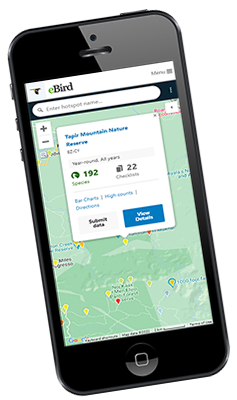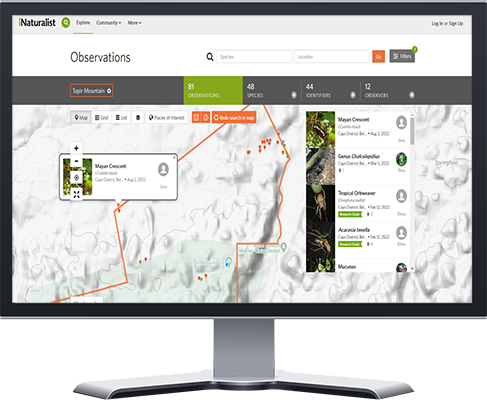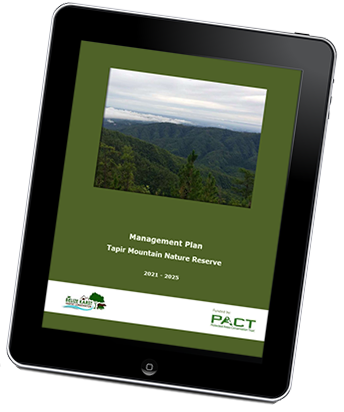
Research & Monitoring
In early 2023, BKHC launched its research program with an objective to establish ongoing monitoring and research activities for informing management decisions and measuring management success. Our research focuses on three core areas: 1. avian surveys, 2. hydrology and 3. gathering baseline information on key species.
Within the first few months, 22 avian point count stations were established in the reserve. These sites were strategically chosen along the reserve’s perimeter, addressing the issues of illegal logging and poaching, which had become plentiful prior to BKHC’s signed co-management agreement with the Forest Department in 2019. In June 2023, monthly bird surveys commenced at each station to establish a baseline count of the present bird species variety, referred to as “avian species richness.” Once we have a clear baseline of the bird species present in these impacted areas, we will continue our surveys and track changes in bird diversity as the forest slowly regenerates.
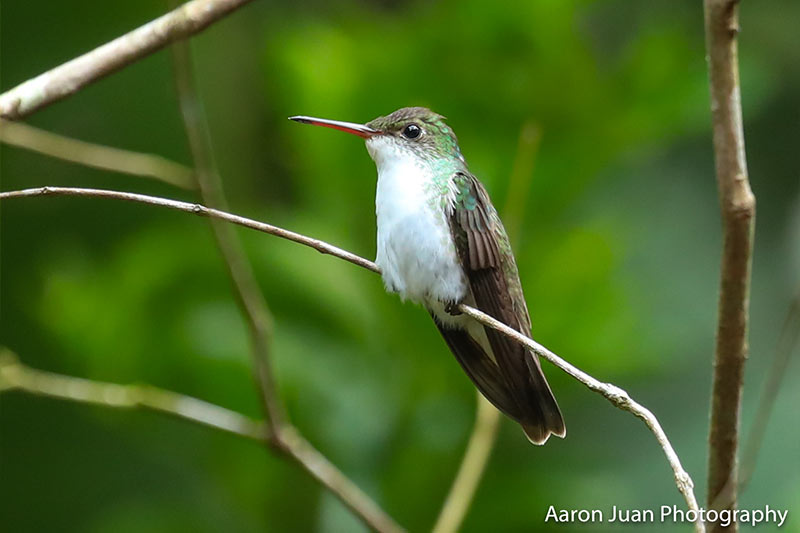
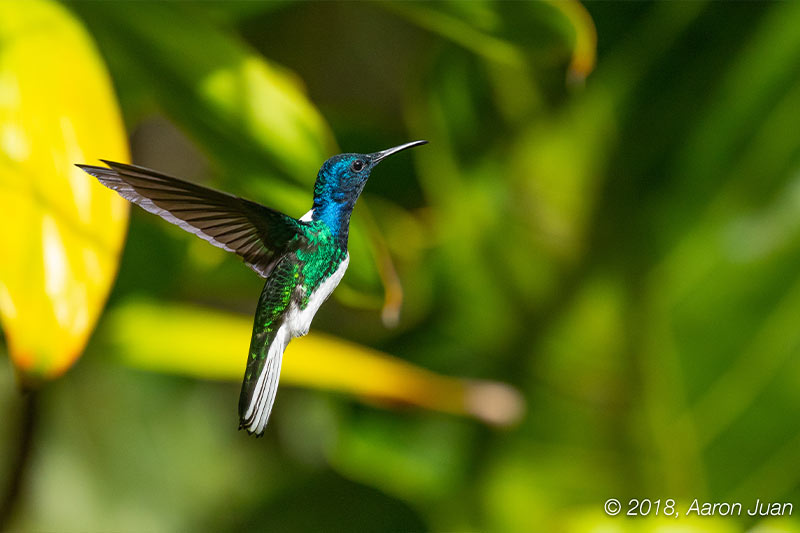
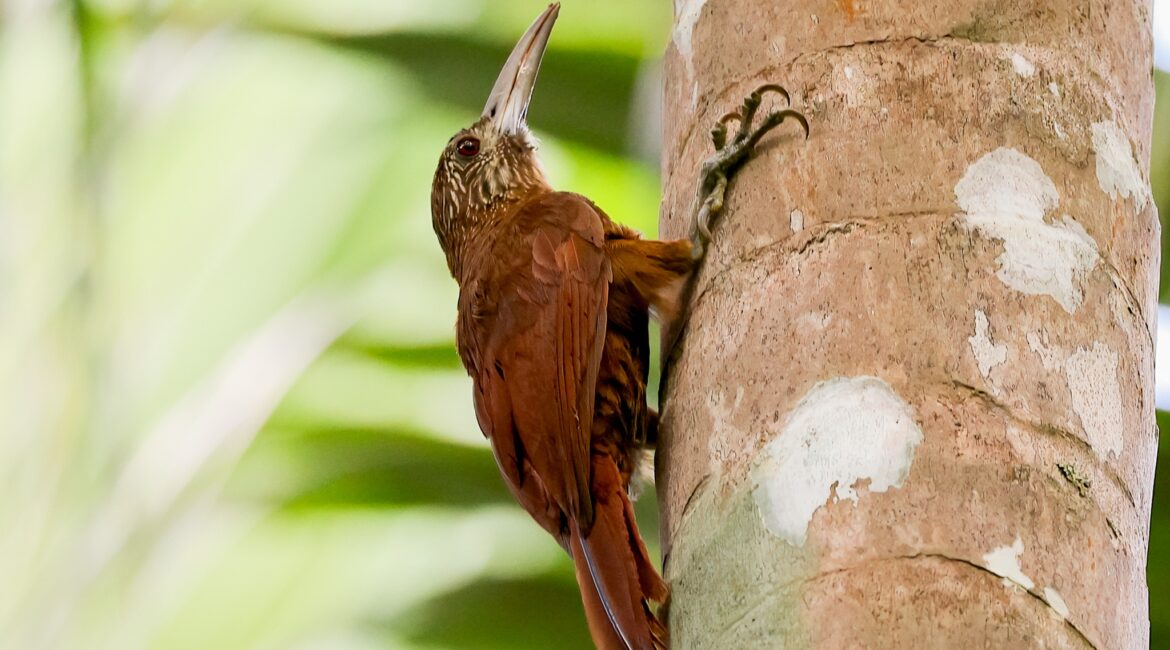
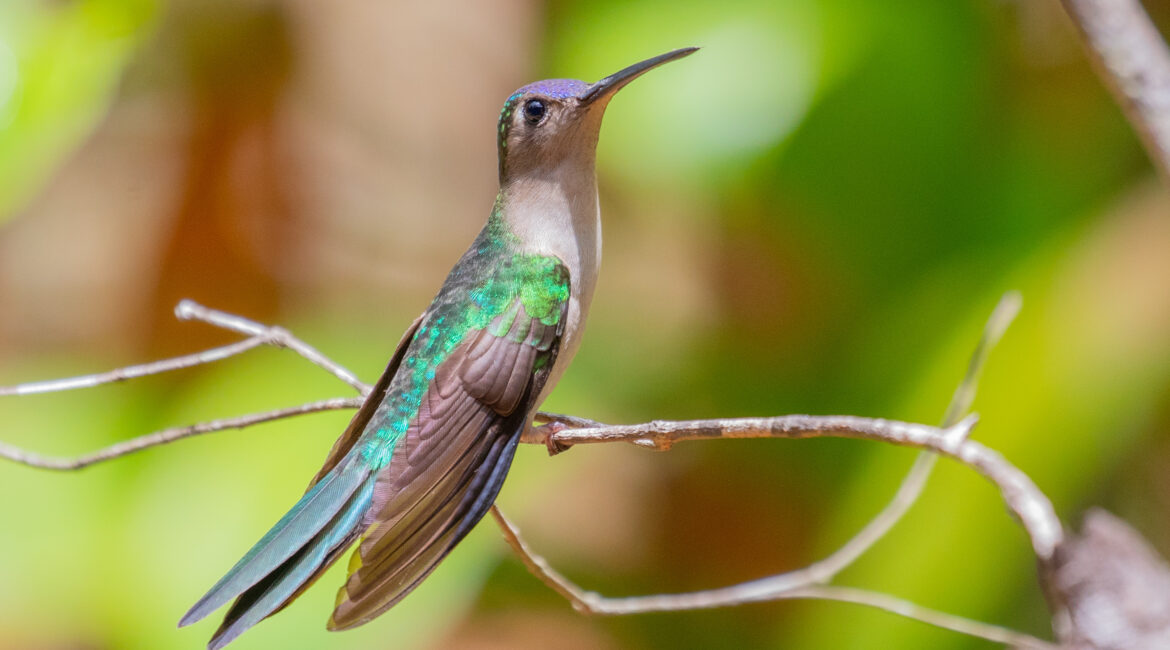
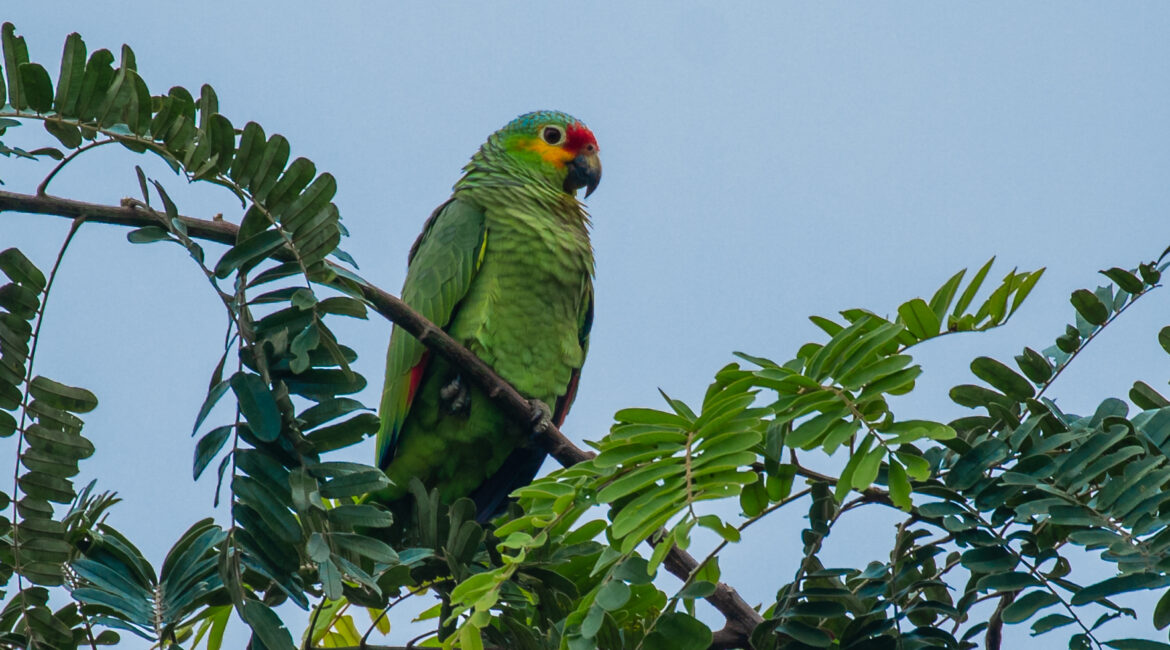
The second area of focus, researching water quality of Tapir Mountain Nature Reserve, highlights the importance of monitoring the watershed managed by BKHC. Guided by scientific data, our water quality research and monitoring plan aims to mitigate potential adverse biological impacts, ultimately benefiting the surrounding communities.
In May, we conducted an initial assessment along the borders of TMNR, specifically along Barton Creek and Roaring River, using a stream visual assessment protocol (SVAP). This protocol allows us to quantify the physical features of the stream habitat by assigning scores based on specific criteria. Within Barton Creek, we selected three water monitoring points. Two of them fell under the ‘Good Condition’ category and one classified as ‘Excellent Condition’, according to the assessment. Along the Roaring River, we chose four water monitoring sites. Downstream, two sites scored ‘Good Condition’ while the other two sites which were further upstream categorized as ‘Fair Condition.’
By continuously monitoring the stream habitats, we will be better equipped to make well-informed management decisions aimed at effectively safeguarding the Tapir Mountain Nature Reserve watershed.
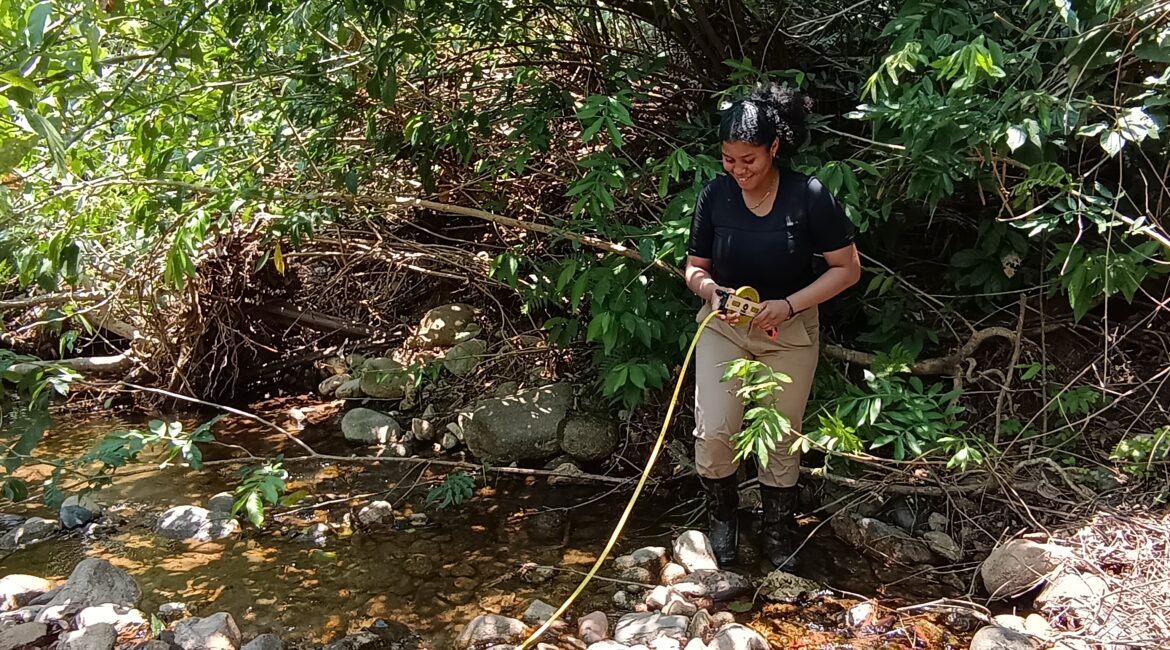
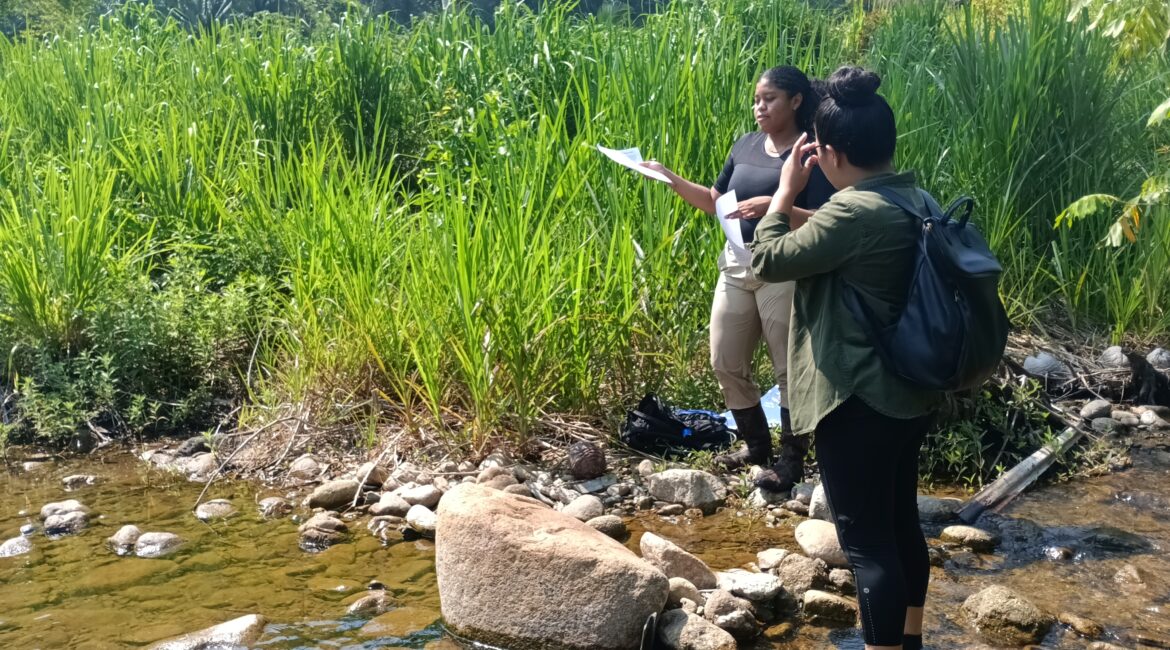
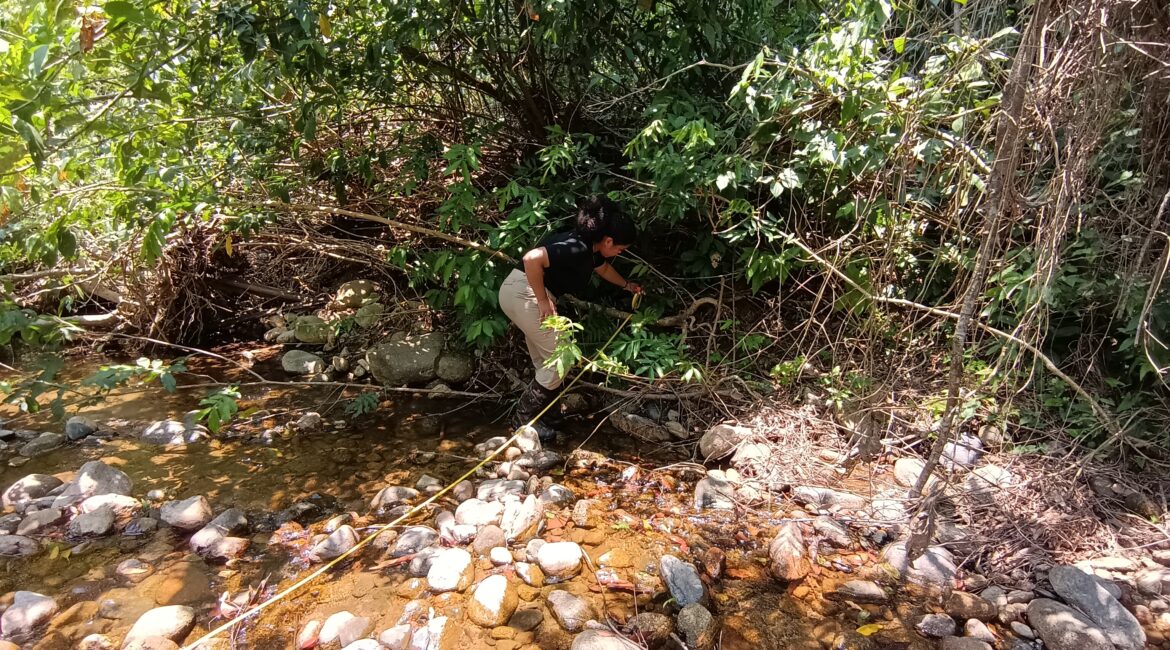
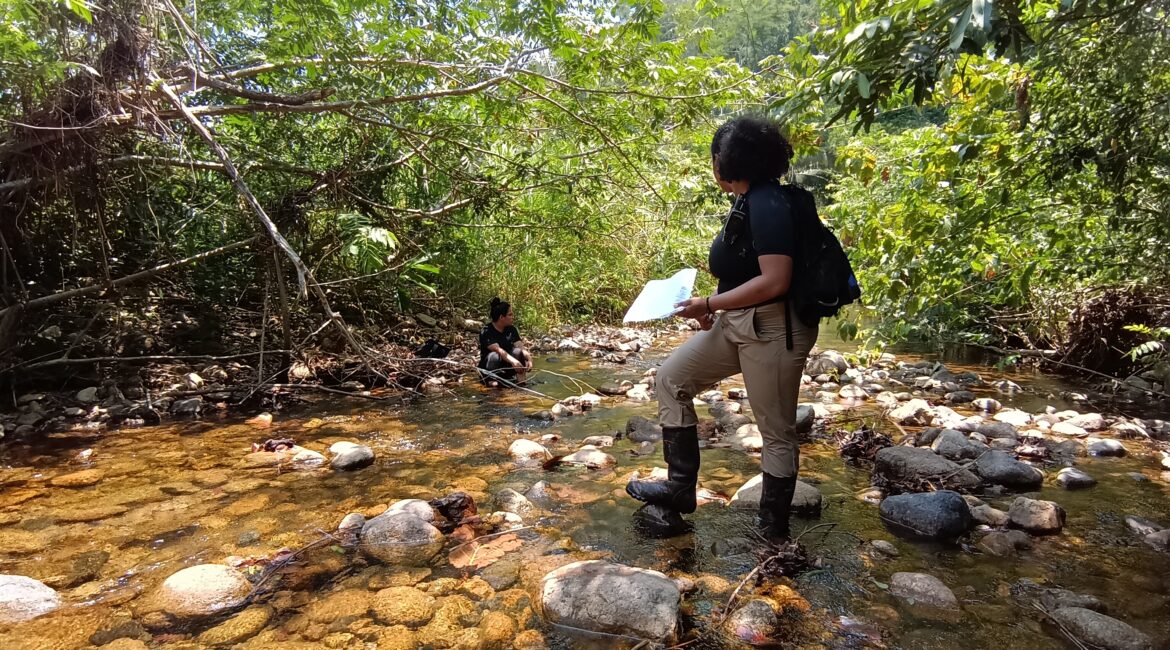
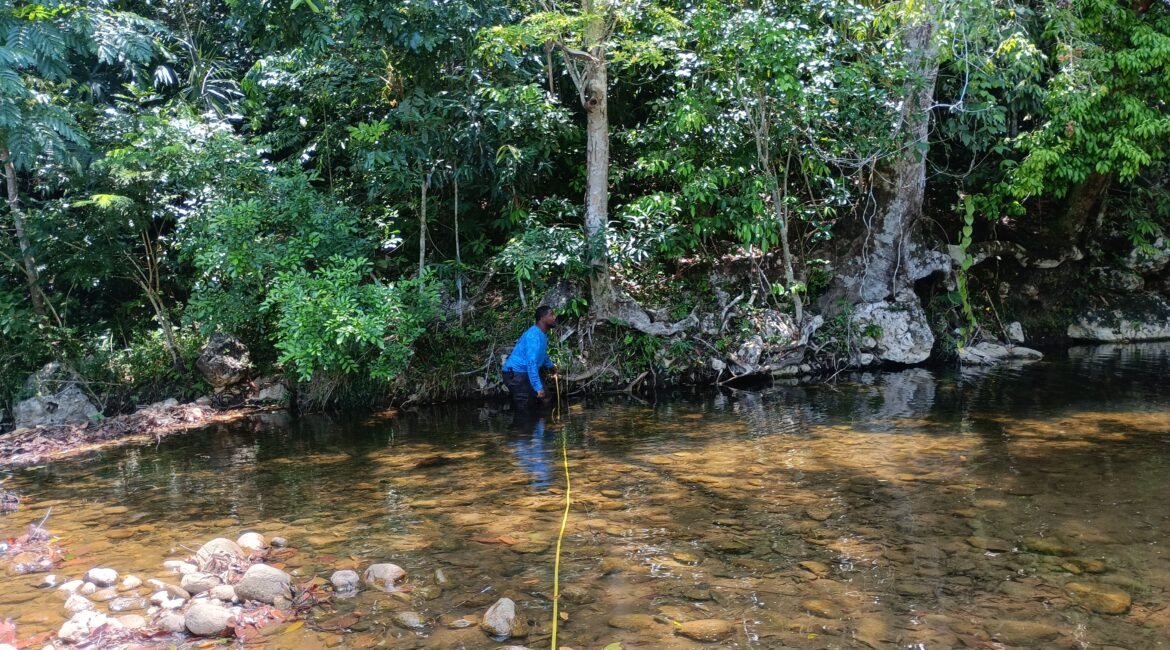
The third area of focus is gathering baseline information on key species groups (mammals, birds, reptiles, amphibians, fish, plants, and trees). Utilizing citizen science platforms like eBird and iNaturalist, we’ve been able to create a species inventory for Tapir Mountain Nature Reserve, documenting incidental observations of any identifiable living species encountered during our research expeditions. To date, we’ve identified over 205 species of vascular plants, 105 insects, 6 fish species, 11 amphibians, 27 reptiles, 240 birds, and 55 mammals, mostly through incidental reports and photographs. With this data, we are able to monitor conservation priority targets that represent the biodiversity of the protected area.
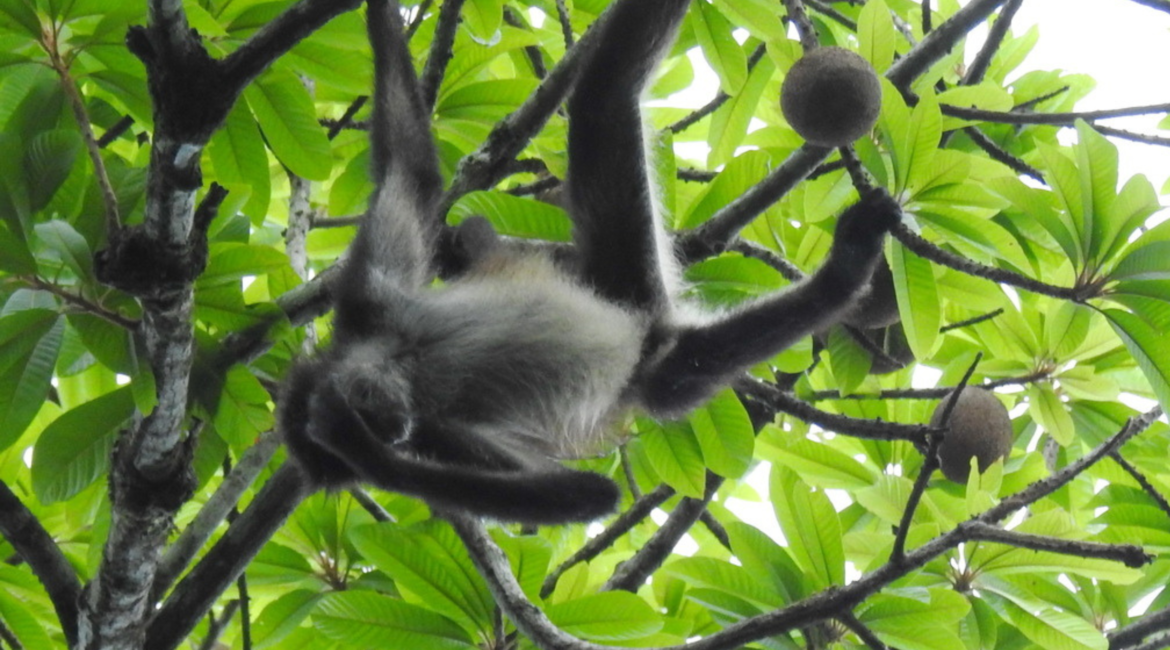
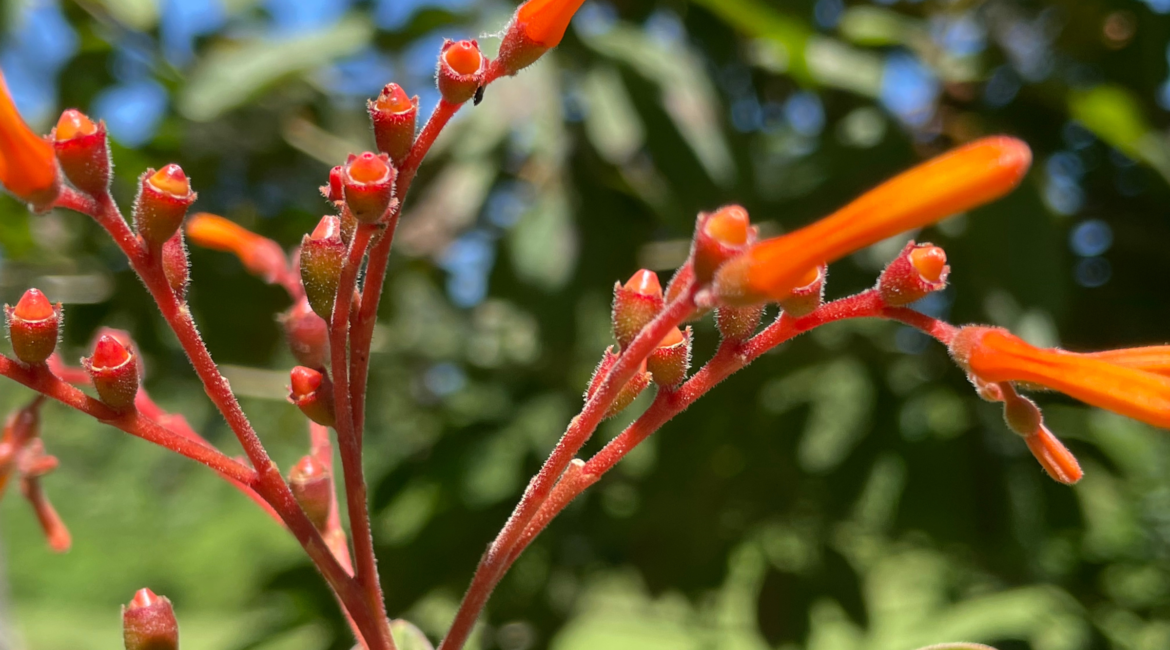
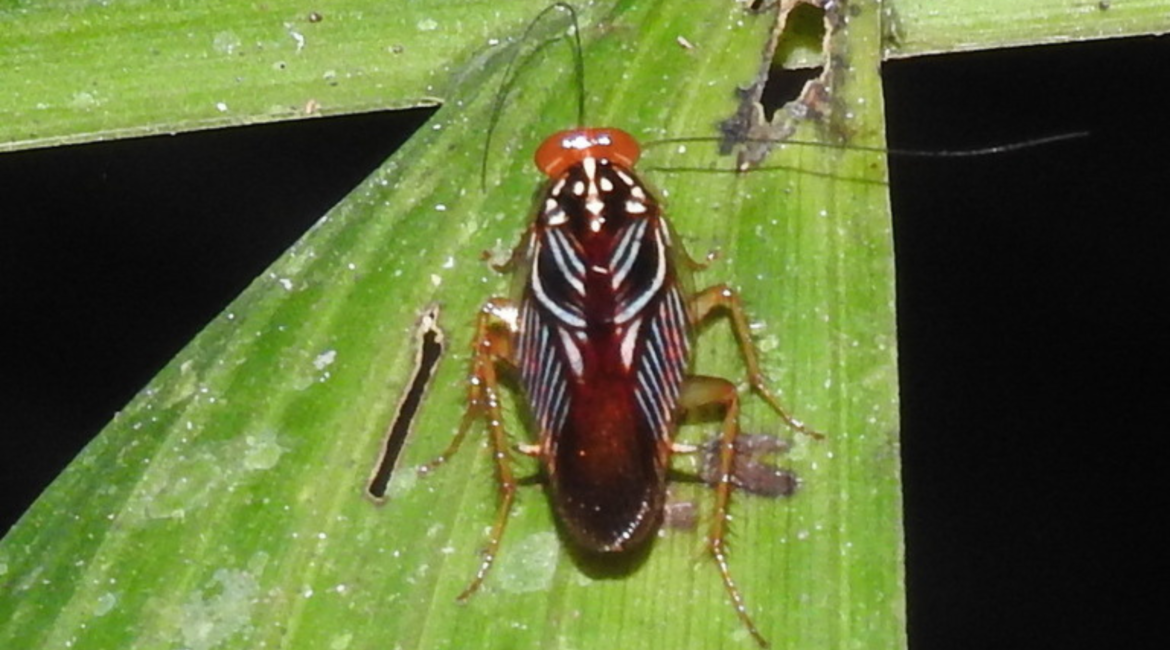
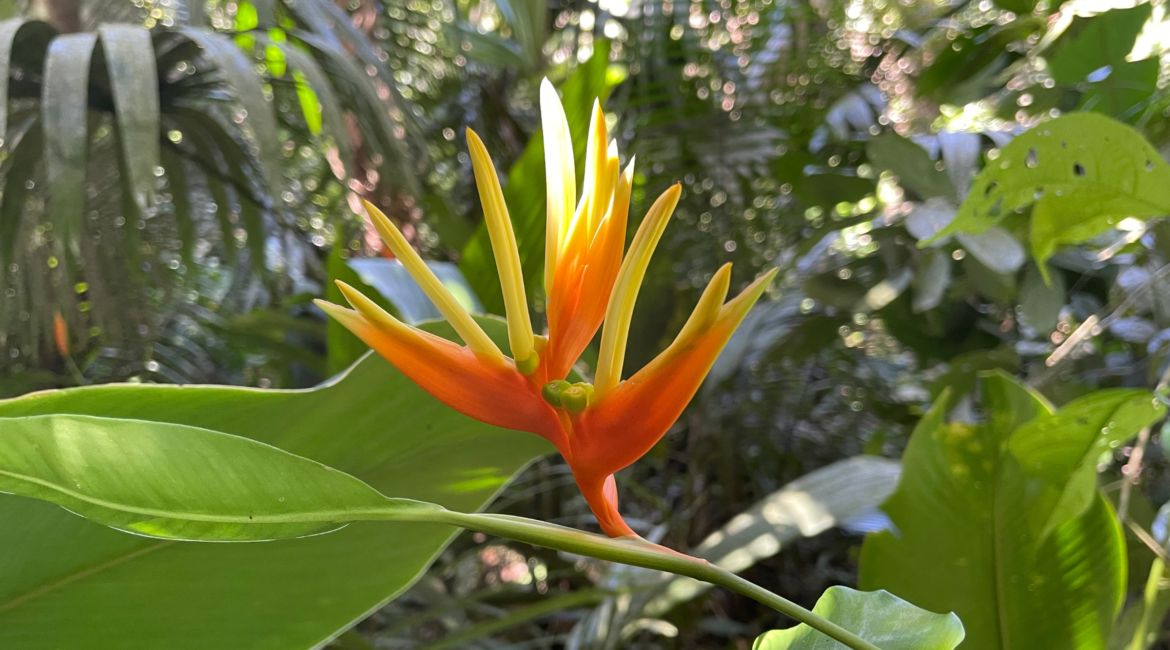
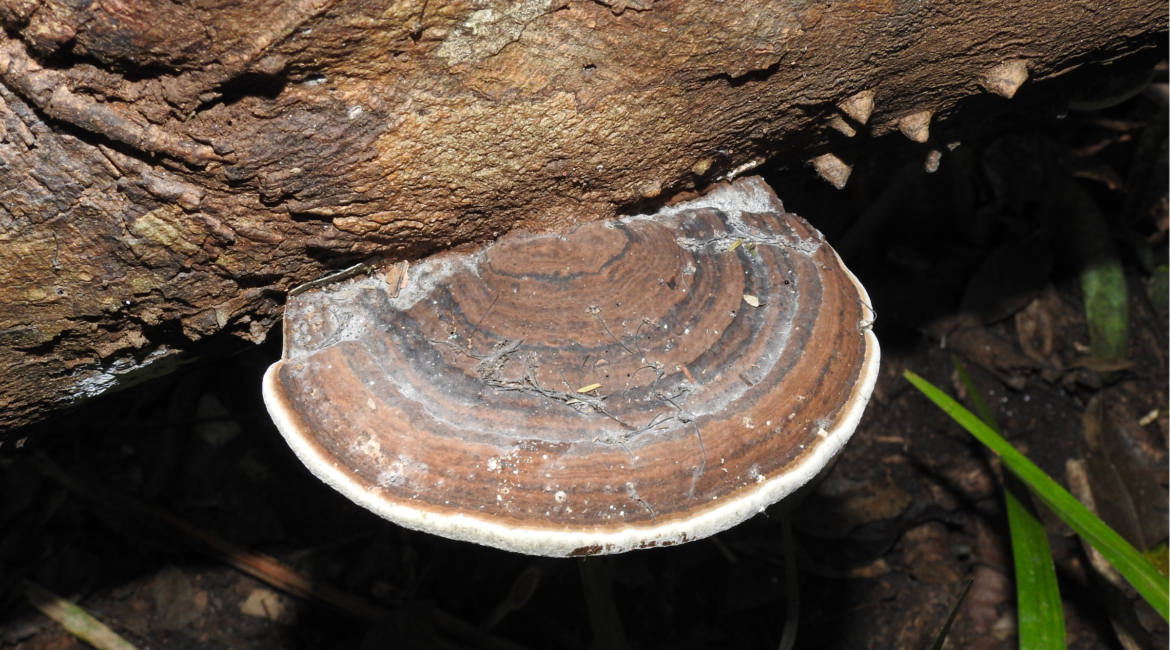
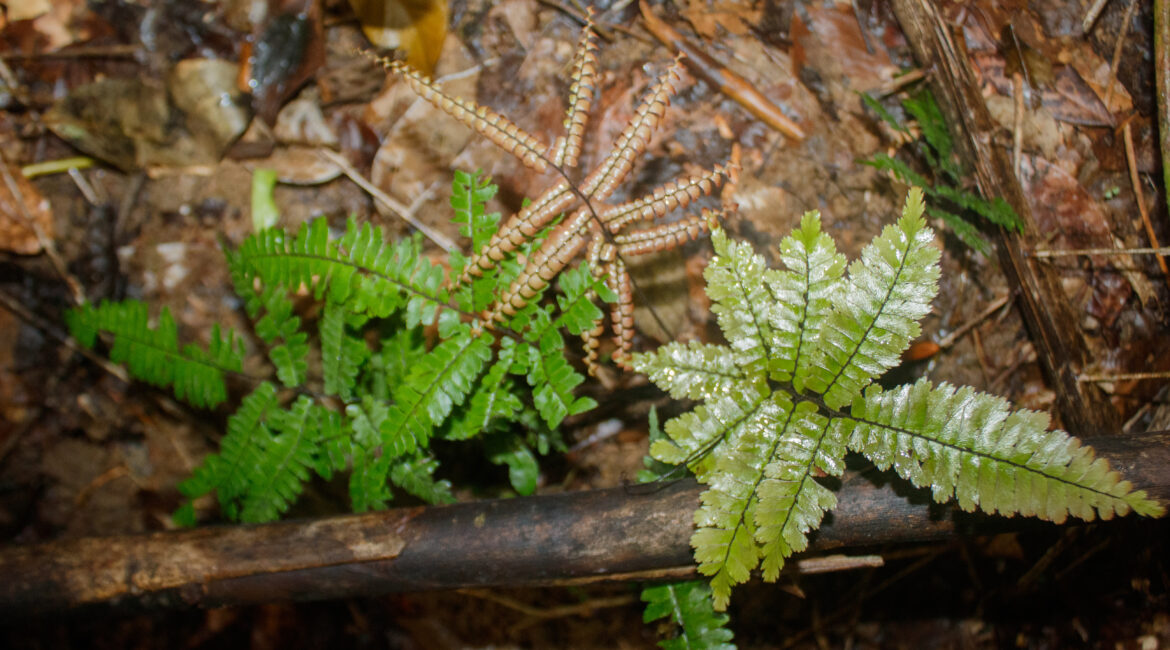
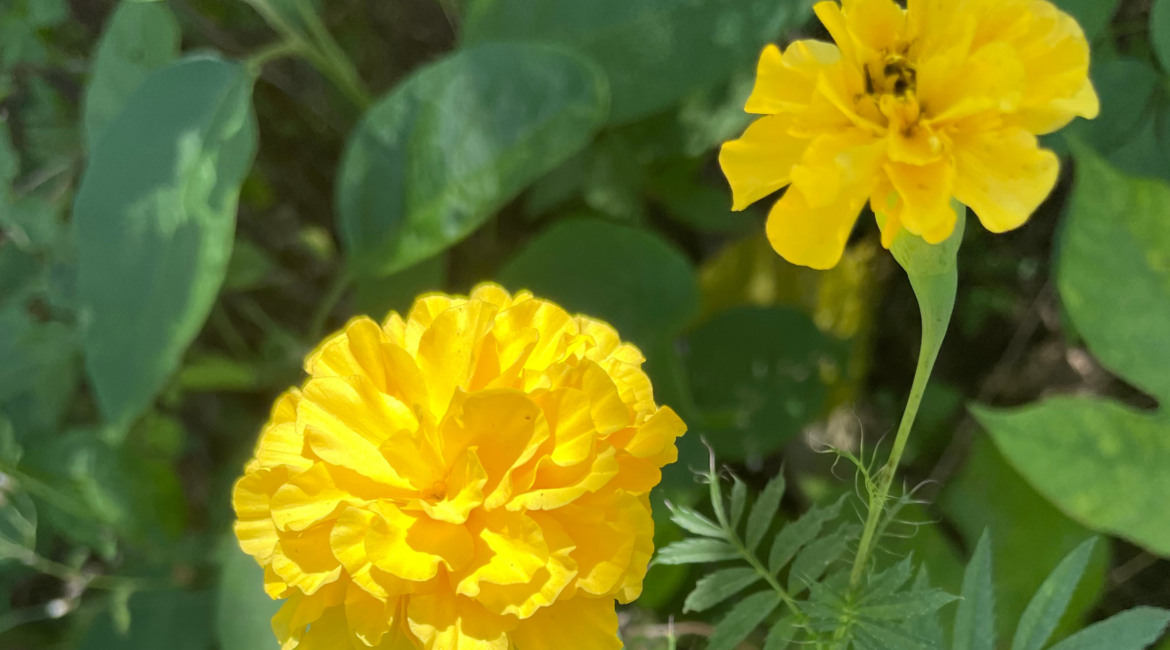
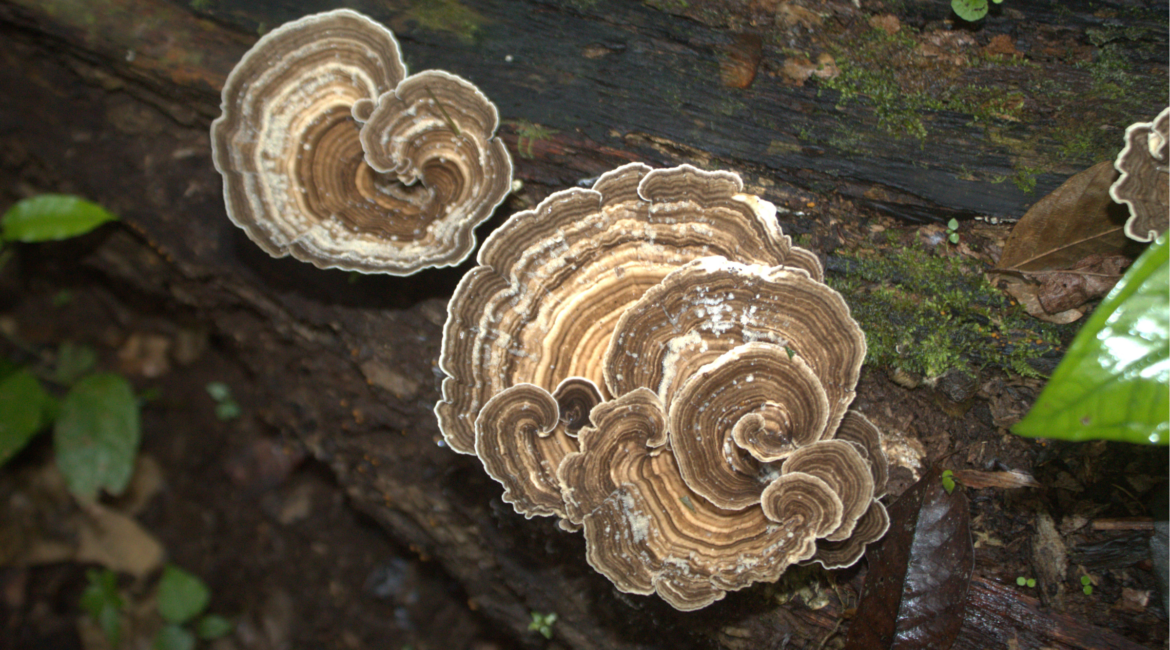
Trail Camera Images:
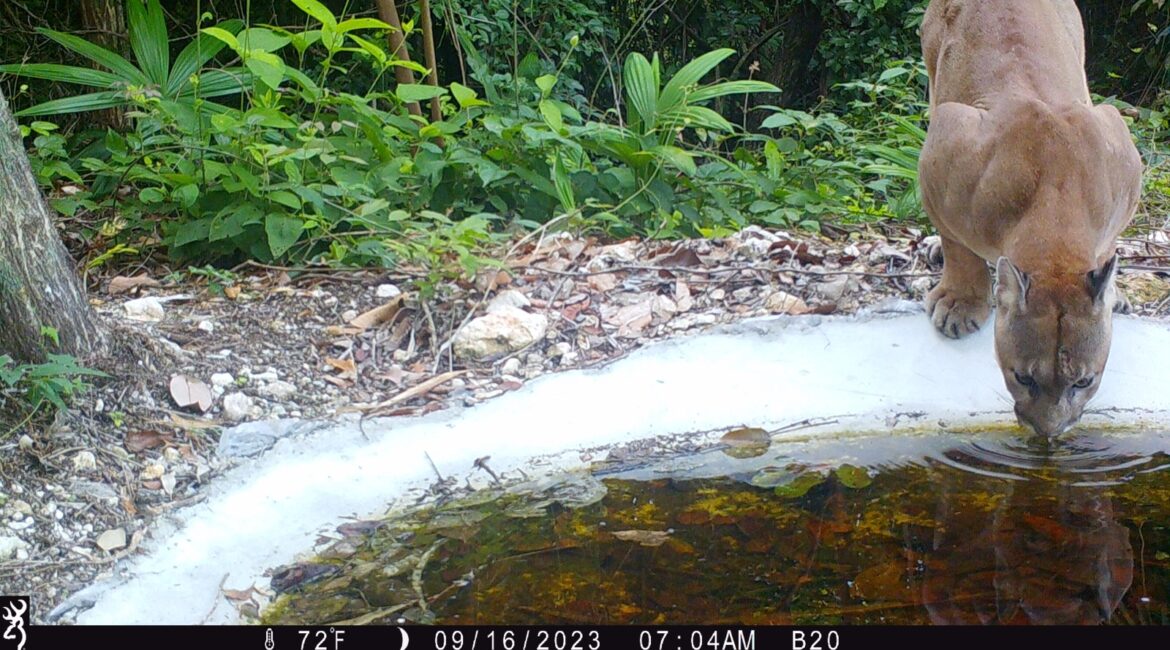
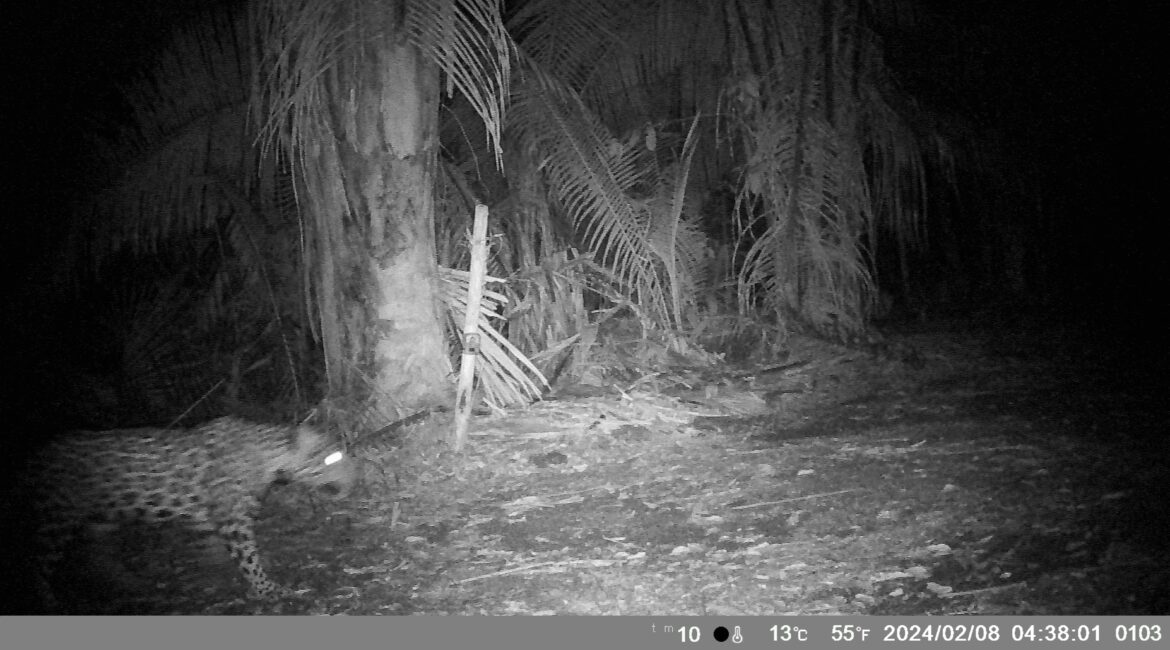

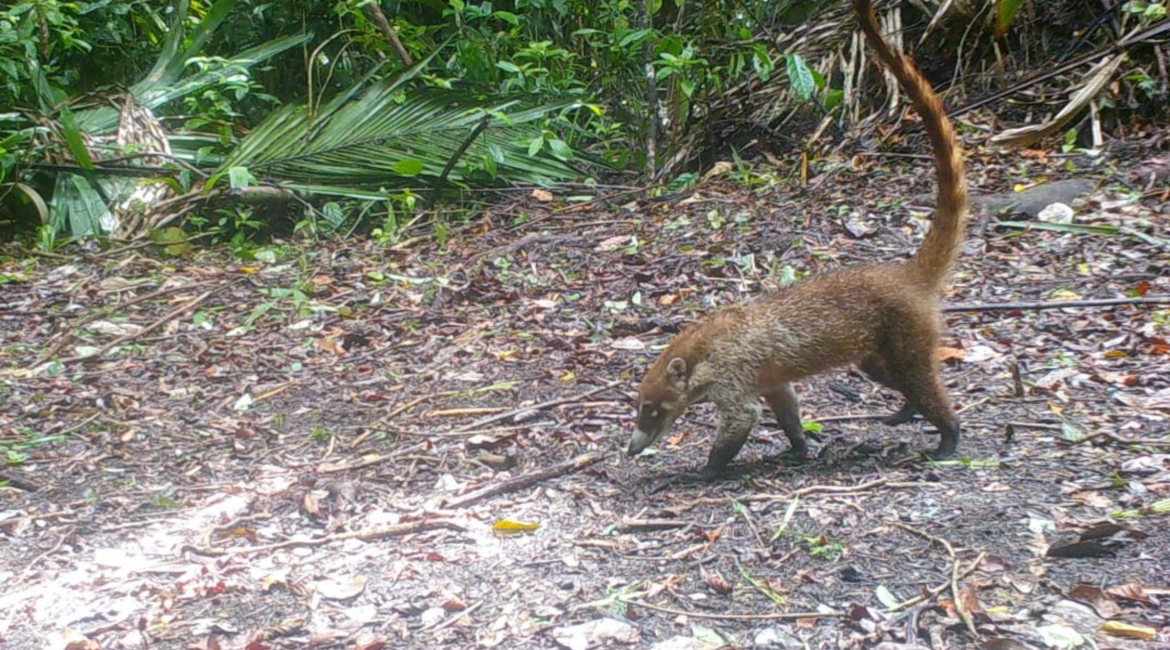



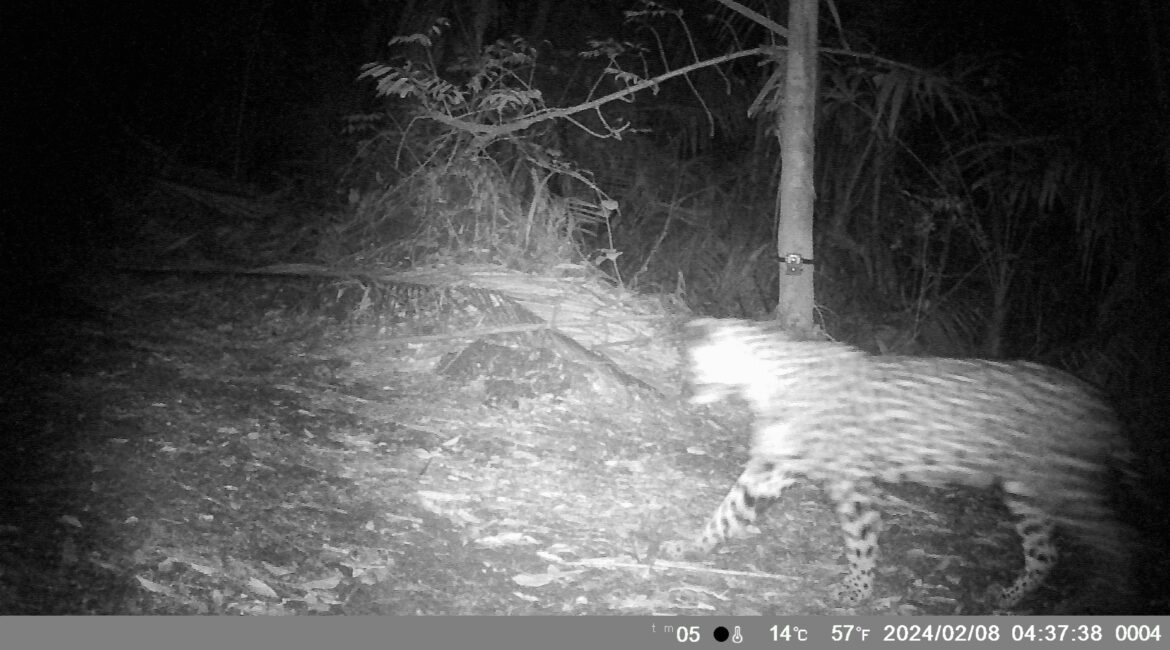


Data Management and
Dissemination of Results
